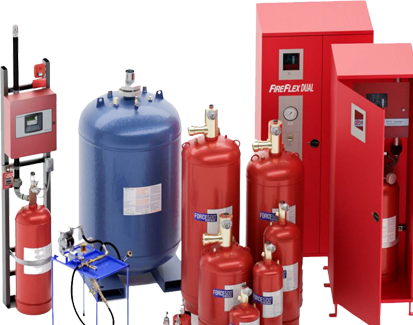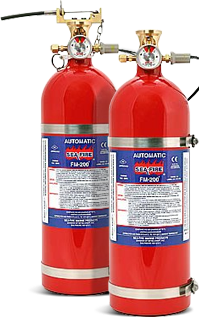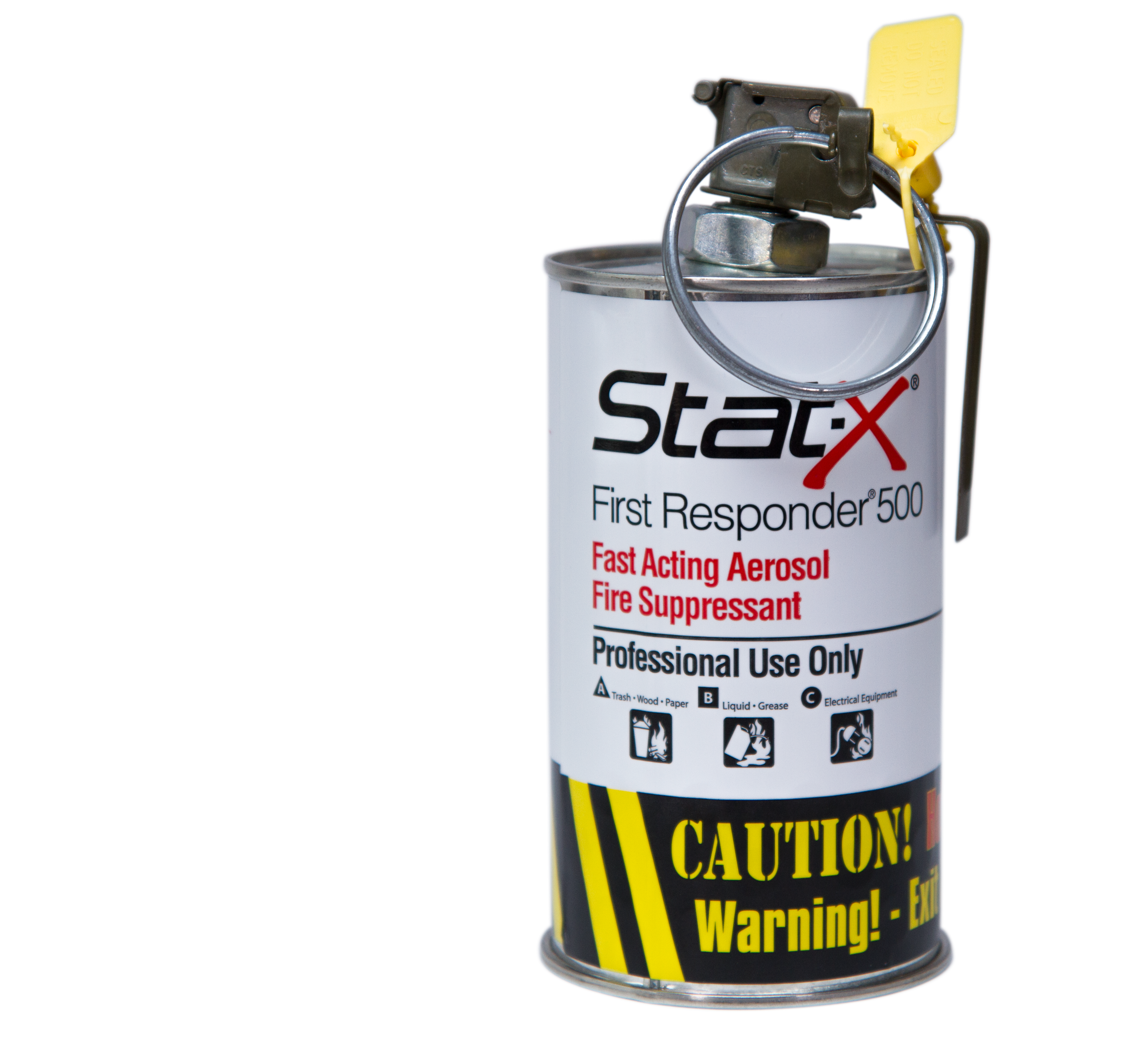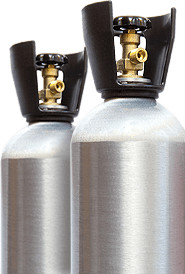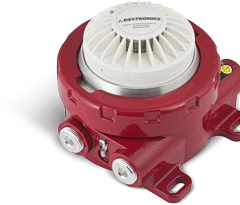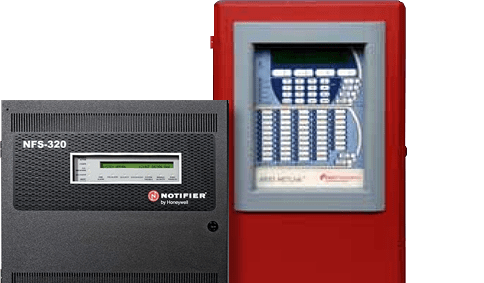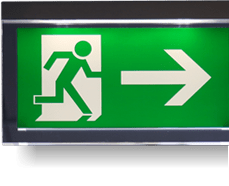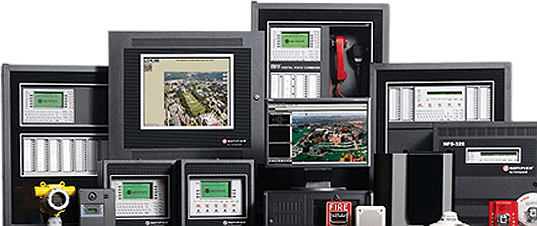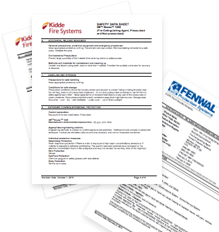Top 3 pieces of fire safety equipment to install in your building
Fire safety is essential for protecting lives and property. Installing the right fire protection equipment — including fire alarms, suppression systems, and extinguishers — ensures rapid response and damage control, keeping your building compliant and secure.
Key Takeaways
- Fire Alarm Systems – Detects smoke and fire early, alerting occupants and emergency responders.
- Fire Suppression Systems – Includes sprinklers, clean agents, and inert gas systems to control or extinguish fires automatically.
- Fire Extinguishers – A first line of defense against small fires, required for compliance with safety regulations.
- Compliance & Maintenance – Regular inspections and maintenance ensure all equipment functions properly.
- Risk Reduction – Properly installed fire safety equipment minimizes property damage and business downtime.
Having fire safety equipment in a building, whether it is residential, commercial, or industrial, is vital and must be properly planned for in any renovation or construction project. It's necessary in order to put out a fire before it becomes uncontrollable, causing damages to property and the structure itself, and potentially even endangering lives.
When disaster strikes, visible safety equipment needs to be within reach and guidelines on how to use them also well displayed so customers, employees, and others can react accordingly in case of an emergency. Here are the top 3 pieces of fire safety equipment you should be looking to install in your building:
Explore further
Fire and smoke detectors
Smoke detectors produce a sound, or visual alarm when they detect smoke. Smoke detectors are encased in plastic enclosures with varying shape and size. Smoke is detected either optically or by a physical process of ionization.
A fire/flame detector is a sensor that detects and responds to the presence of a flame or fire. Response to a detected flame or fire depends on the installation. It may include sounding an alarm, de-activating a fuel line and activating a suppression system. Automated fire detection systems should:
- Be maintained and tested
- Communicate with the control panel
Question: What are the top three fire safety devices every building should have?
Answer: The three most important fire safety devices for any building are fire alarm systems, which detect and alert occupants to fire hazards; fire suppression systems, which automatically contain or extinguish fires; and fire extinguishers, which provide immediate fire control.
Extinguishers and fire suppressors
After fire detection and alarms have been sounded, the next step is fire suppression. Fire suppression systems are used to contain fires to prevent them from spreading. Suppression systems use either dry chemicals, wet agents, or a gaseous substance to suppress fires.
An extinguisher is a fire protection device used to extinguish and control small fires. It isn't intended for use on out-of-control fires. It is handheld and consists of a cylindrical pressure vessel containing an agent used to extinguish a fire. It requires that you train your staff to properly use the equipment in case of emergency.
Types of Suppression systems include:
People also search
- Water sprinkler systems
- Inert gas systems
- Clean agent systems
- Vehicle fire suppression systems both automated and manual
Take note that:
- Acquiring fire extinguishers are important, but that is just the first step. You need to ensure it's the right extinguisher or suppression system based on the materials you handle and the type of business you run. They should be easily identifiable, accessible and appropriate in volume based on the space.
- Service and maintain your fire extinguishing equipment . Regularly ensure all components of your suppression system are inspected and serviced.
- Train nominated persons in the building on how to manage and operate the fire extinguishers. Without adequate training, the equipment is rendered useless.
Fire safety signage and emergency lights
OSHA has set requirements for lighting and marking exit routes. It states that all exit routes must well lit for people with normal vision. The exit should also be visible and marked by a sign reading 'Exit.'
The exit light should be illuminated at all times. Emergency lights and exit signs need up to date records of two tests. One is a monthly functional 30-second test on both said lightings, while the other is an annual 90 minute test.
Emergency lighting is designed to light identified hallways, stairwells and exits to facilitate safe, orderly evacuation from the building. It may also be referred to as egress lighting. This lighting system is required in all commercial, educational, religious, institutional, medical and industrial buildings. The lighting systems must be set up to provide automatic illumination in the event of any interruption to the normal lighting.
The importance of fire safety can't be overstated. Staying safe and ready can save your building from destruction, so it is always best to be prepared. If you have any questions or concerns about the fire safety in your business, or would like more information to how best to safeguard it from a fire disaster, you can read our eBook or contact us at 1-855-861-9954 for a free consultation.






